Below is the first selection of events relating to Chrishall history, some major, some more minor but with the intention of giving you a feeling of ‘flying through time’ and an overview of how the village developed over the years.
Our timeline starts from the 8th century but human habitation on these hills goes way back before that. Iron Age, Bronze Age and Roman settlements have all been found in this area.
It seems possible that the village began as some kind of religious community. The finding of a silver brooch depicting a Christian symbol and the attack on a remote village on a hilltop suggests to me that something important was going on up here.
Then we move on to the time of the Norman Conquest. We see the people and their livestock and land as it was recorded in Domesday. And also the rising of the manors, of which Chrishall had several. We also get the first records of smaller domestic dwellings that are still in the village today.

c.700 A silver brooch with Christian symbolism found on the hill where Chrishall would develop. It is now in Saffron Walden Museum.
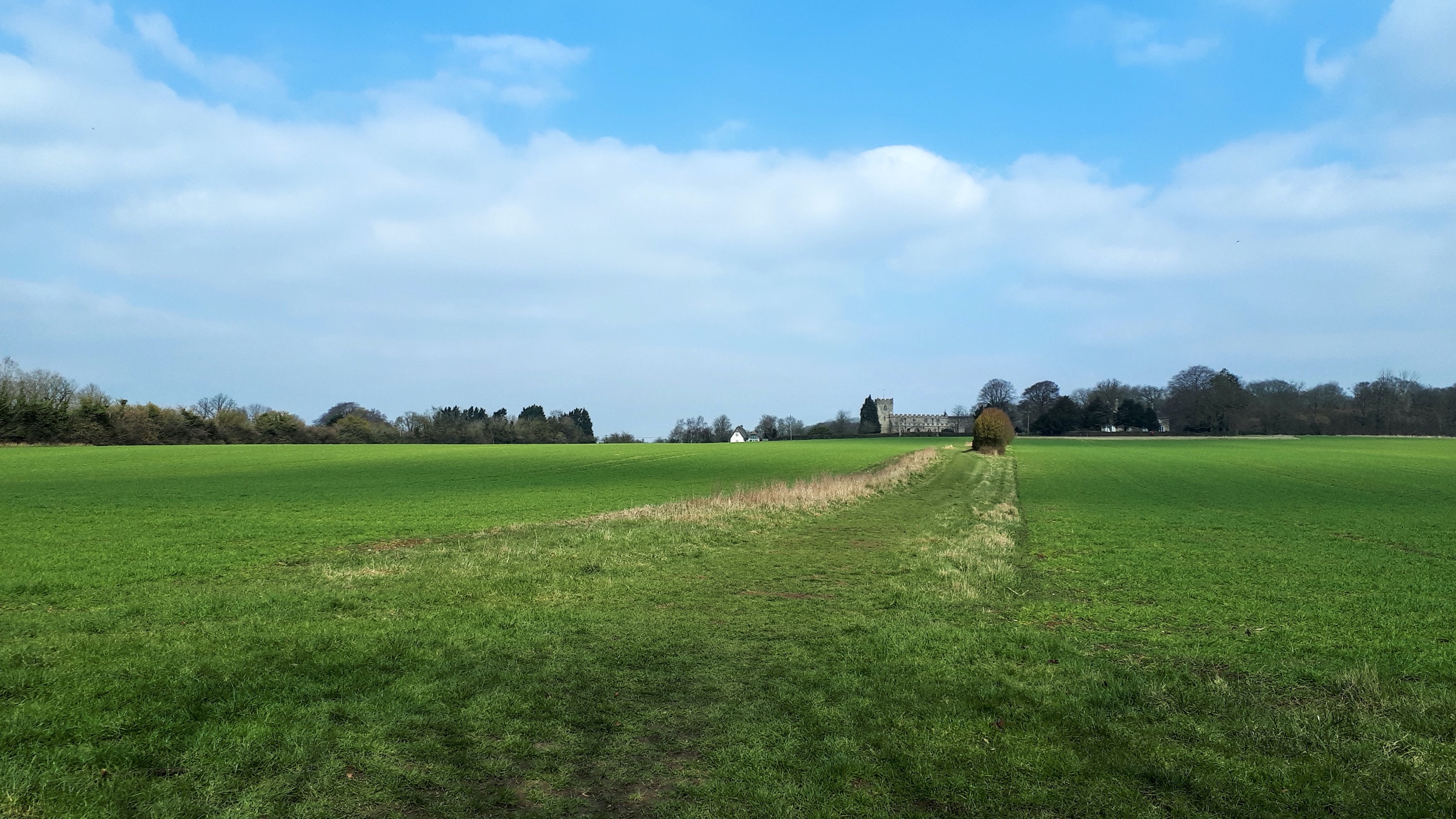


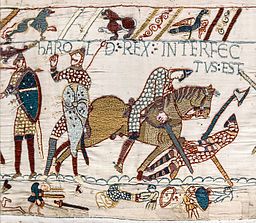

1086 Domesday Book: Chrishall owned by Eustace de Bologne – reputed to have lived at ‘Flanders’ – where Chiswick Hall now stands.
32 villagers. 4 freemen. 16 smallholders. 6 slaves, 3 lord’s plough teams, 16 men’s plough teams.
Meadow 8 acres. Woodland 200 pigs.
Livestock: 1 cob. 40 pigs. 150 sheep. 24 goats. 4 beehives.
Annual value: 15 pounds 1 shilling and 5 pence in 1086; 15 pounds when acquired by the 1086 owner; 15 pounds in 1066.
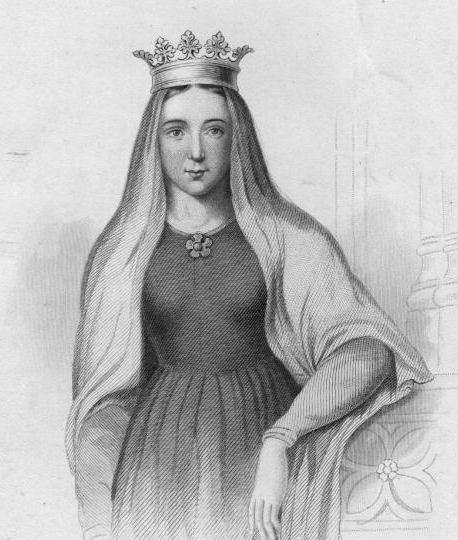



1200 Chrishall Church: around 1200 was the beginning of the development of the current church building. This place was already a site of worship though. The old Anglo-saxon church that stood here can still be seen in glimpses such as the top of a pillar behind the pulpit.
1242 Chrishall Bury: Maud de Rivers died in 1242. She had held the manor of Chrishall Bury, just south of the church on Bury Road, from her father Richard de Lucy. Maud’s second husband, Richard de Rivers passed on the manor in the de Rivers family for several generations. Leticia, Henry and Robert de Pinkeney were all tenants of this manor during the period 1253 – 1321.
1295 Crawley Bury: Robert Pynkeny is recorded at the manor of Crawley Bury – possibly near Wire Farm in Crawley End and I don’t know whether Robert was owner or tenant of this manor. But it passed to his brother Henry Pynkeny on Robert’s death.
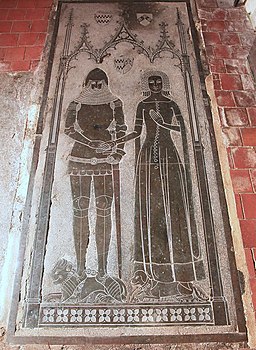

1353 Chrishall Bury: in 1353 the manor of Chrishall Bury was held by Sir William de la Pole (the younger) and his wife Margaret.
1370: birth of Joan, daughter to Sir John de la Pole (son of William) and his wife Joan who are remembered in this large brass in the Church. Joan the daughter went on to have a fascinating life – including five husbands! You can see details of a book about Joan here.
1382 Crawley Bury: This year Sir William Furnival died. He is listed as a tenant of the manor of Crawley Bury which was owned at that time by John Audin, Lord of Radwinter.
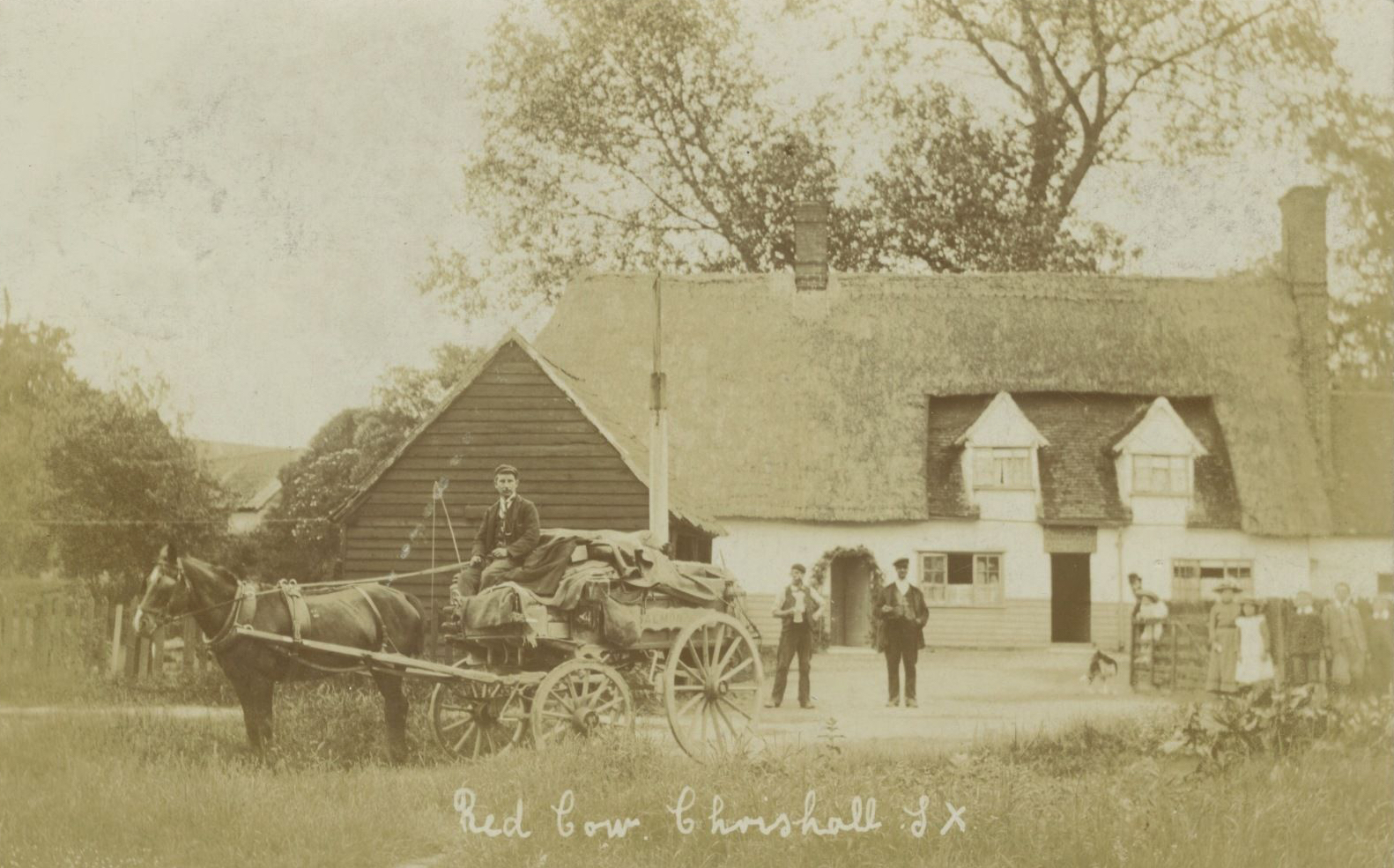

1420 The earliest date we have for the Red Cow Pub. Other houses we know were in the village around this time are Cherry Tree Cottage and Parsonage Farm both in High Street.

0 Comments